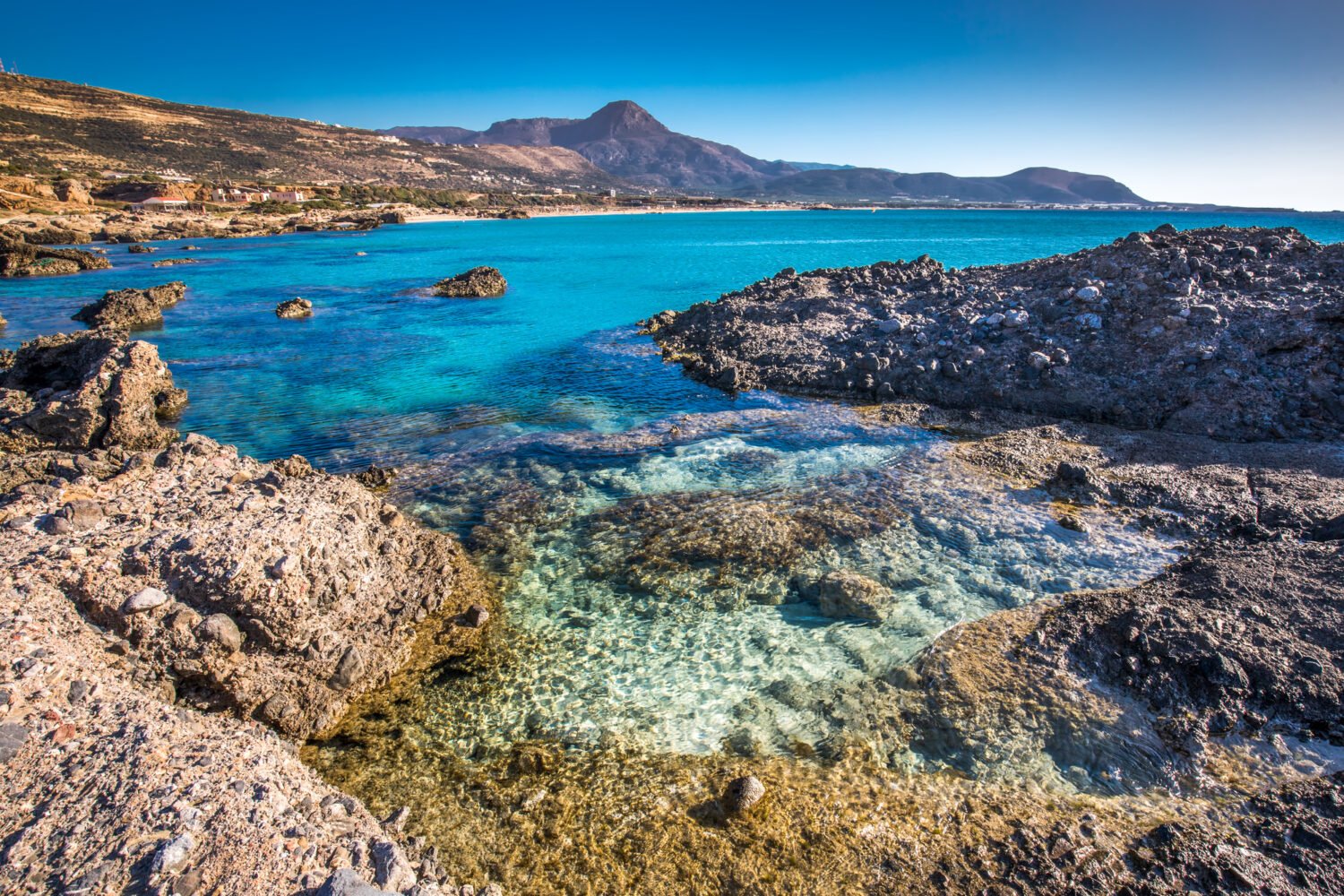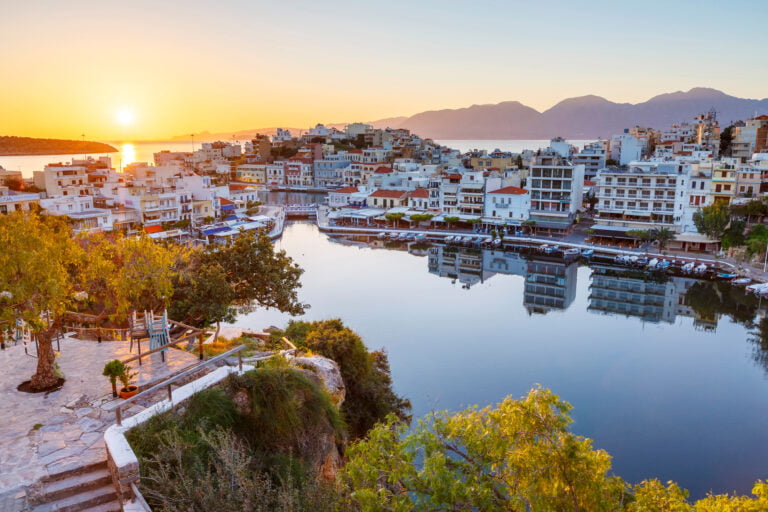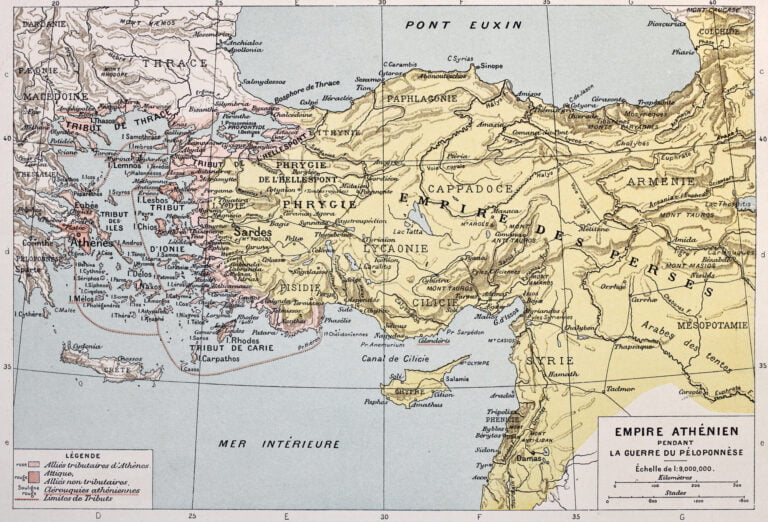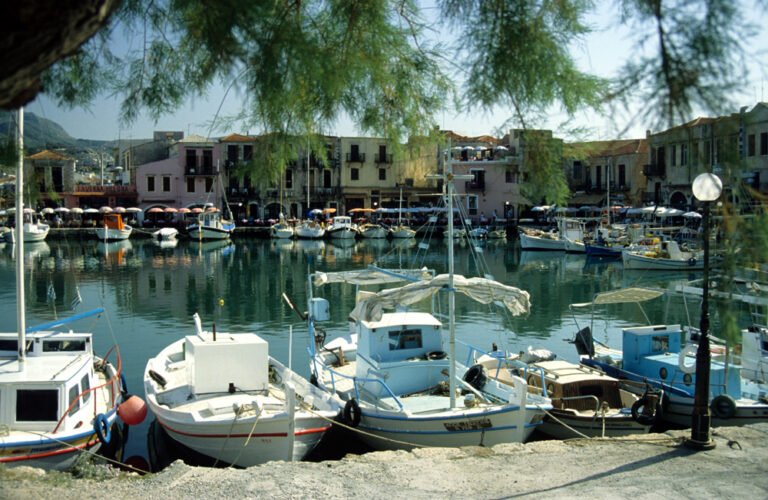The Charm of Falassarna and the Geological Wonders of the Island
Crete, the largest of the Greek islands, is a destination that effortlessly captures the hearts of its visitors. Its stunning beaches, rich history, vibrant local culture, and fascinating geological phenomena make it a must-visit location for anyone exploring the Mediterranean. In this blog post, we will take a closer look at the charming village of Falassarna and delve into the intriguing geological history of the island.

Falassarna: A Beach Lover’s Paradise
Located on the west coast of Crete, Falassarna is renowned for its beautiful beaches, considered among the best in Crete and even Europe. The area boasts five consecutive beaches, each with unique charm and allure. The two central beaches are the most popular, attracting visitors with their pristine conditions and vibrant atmosphere.
The sand in Falassarna is a striking whitish hue, which gives the water a mesmerising tropical colour. On days when the wind isn’t blowing from the west, the beach and its turquoise waters are truly enchanting. The main beach, Pachia Ammos, is a vast stretch of sand that, despite its popularity, always feels open because of its length. Visitors can enjoy various facilities, including umbrellas, snack bars, cafes, water sports services, and beach volleyball courts.
The Vibrant Agriculture and Conservation Efforts of Falassarna
Falassarna is not just about the beaches and the historical sites; it’s also about the vibrant agriculture and the dedicated conservation efforts that make this area truly special.
The region around Falassarna is known for its fertile soil and favourable climate, making it an ideal place for agriculture. Olive groves stretch as far as the eye can see, producing some of the finest olive oil in the world. The olive oil from Falassarna is known for its distinctive flavour and high nutritional value, making it a sought-after product locally and internationally.
In addition to olive oil, the area is known for its greenhouses producing tomatoes and other vegetables. The tomatoes from Falassarna are particularly famous for their sweet taste and juicy texture. These agricultural products contribute to the local economy and play a significant role in the culinary culture of Crete, providing the ingredients for many traditional dishes.

While agriculture is vital to Falassarna, the area is also committed to conservation. The region around Falassarna is a protected nature reserve, ensuring the preservation of its unique flora and fauna. This status safeguards the area’s natural beauty and promotes sustainable tourism.
The conservation efforts in Falassarna extend to the sea as well. The waters around the area are part of the Natura 2000 network, a network of nature protection areas in the European Union. This designation helps protect the marine life in the area and ensures the sustainable use of the sea resources.
The Rich History of Falassarna
Visitors can explore the ruins of the ancient Greco-Roman city of Phalasarna at the beach’s northern end. This city flourished in the 4th and 3rd centuries BC and was the main port of Polyrinia. Today, visitors can still see the city walls, ruins of the Acropolis, remains of houses, ancient tombs, and a stone throne, which is believed to have been dedicated to Poseidon, the God of the Sea. These historical remnants are a fascinating window into the past, adding depth to the Falassarna experience.

The Geological Phenomenon of Falassarna and Kato Zakros
One of the most intriguing aspects of Crete’s geology is the evidence of significant changes in sea levels over the centuries, which can be observed in the differing heights of the ancient sea lines at Falassarna and Kato Zakros.
Falassarna, once a bustling port, experienced a significant uplift due to a powerful earthquake that struck the area in 365 AD. As a result, the sea line at Falassarna was raised, and the harbour was left high and dry. Today, visitors can see the ancient sea line on the rocks, standing as a silent testament to the powerful forces of nature that have shaped the landscape of Crete.
On the other end of the island, in the eastern region of Crete, lies Kato Zakros. Unlike Falassarna, Kato Zakros appears to have experienced a lowering of its sea line over the centuries. This phenomenon, known as subsidence, is the gradual sinking of an area of land. The evidence of this can be seen in the Minoan ruins found underwater near the shore of Kato Zakros. Once part of a thriving Minoan settlement, these ruins are now submerged, indicating that the land has sunk relative to the sea level.
Conclusion
Crete is a destination that offers something for everyone. Whether you’re a beach lover, a history enthusiast, a keen foodie, or a geology buff, you’ll find something to love on this beautiful island. The charming village of Falassarna, with its stunning beaches and rich history, is a must-visit location, especially the fascinating geological phenomena observed at Falassarna and Kato Zakros.
Table of Contents
Views: 88







